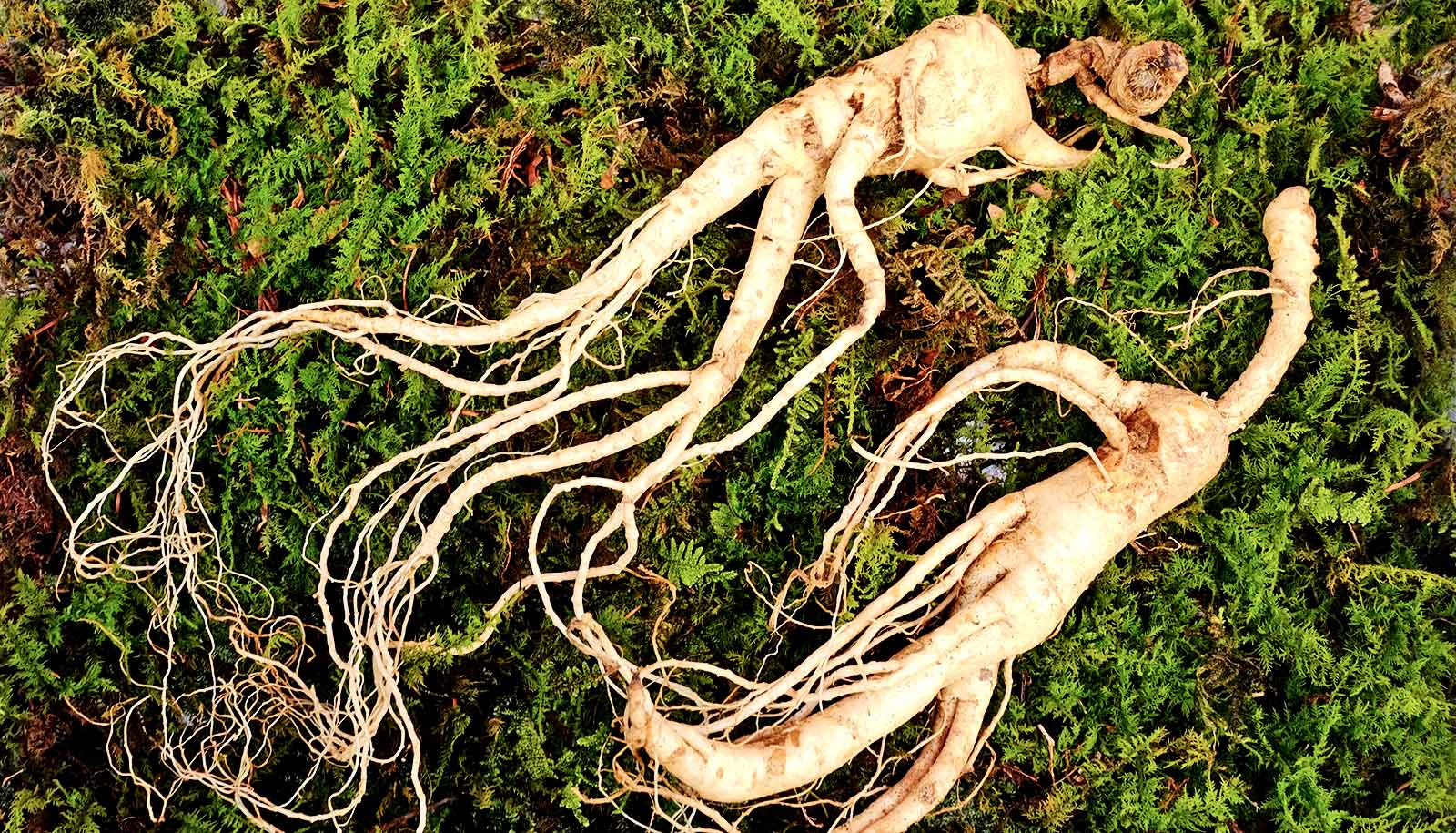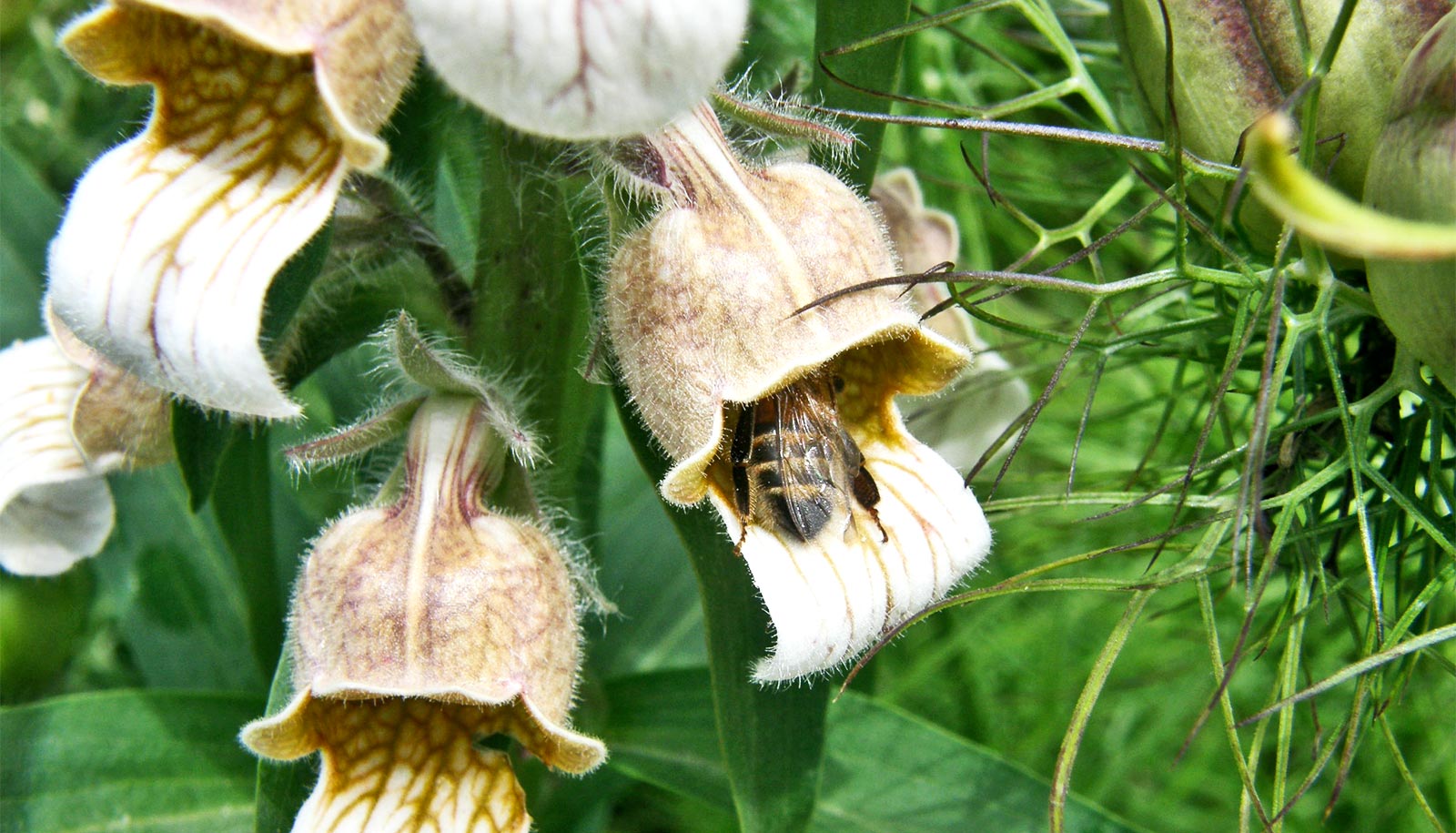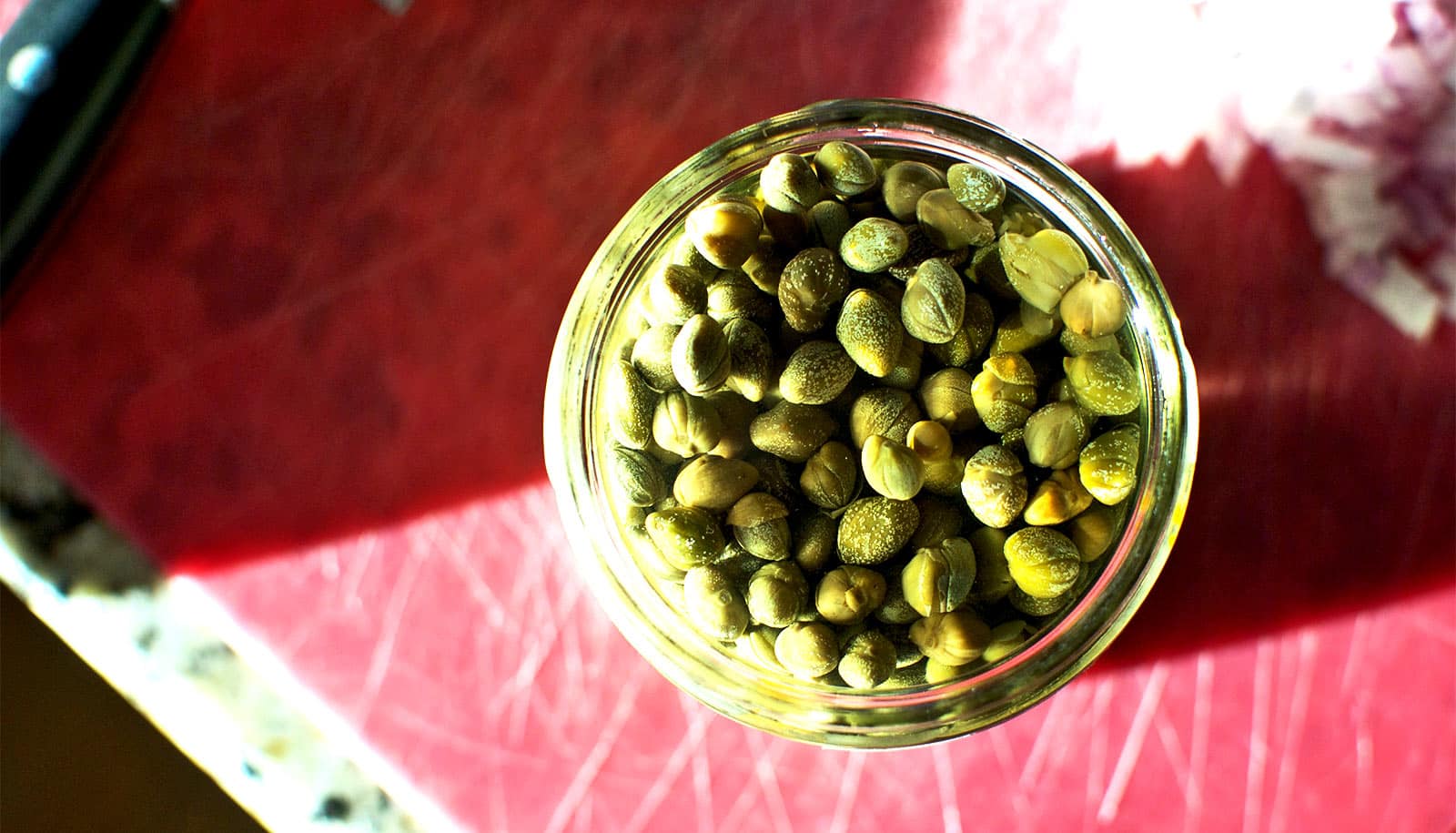Ginseng collectors are planting seeds of the endangered forest herb in forests, conserving and supplementing remaining truly wild populations, research in Pennsylvania finds.
But on the down side, they are often planting seeds they bought online from places such as Wisconsin, produced in shaded field operations with inputs of fertilizer. That germplasm threatens to weaken the gene pool of the plant, which is well adapted to thrive in Appalachian forests.
Forest farming of ginseng is growing, and this study aimed to examine trends in the growth of the secretive ginseng industry in Pennsylvania and how best to support and track ginseng forest farming, says study leader Eric Burkhart, associate teaching professor of ecosystem science and management in the Penn State College of Agricultural Sciences.
Researchers sought to determine how many people are planting ginseng—and whether what people sell as “wild” is really wild, he adds. The goal of the research was to more accurately inform efforts to conserve and promote forest farming of the species, which people value for its medicinal qualities.
“With Pennsylvania exporting around 1,000 pounds of dried ginseng roots in most years during the past decade, we’re trying to better understand where it all is coming from, since most forestlands in Pennsylvania are privately owned, and harvesting from public lands is not permissible,” says Burkhart, who also is program director of Appalachian botany and ethnobotany at Penn State’s Shaver’s Creek Environmental Center.
Confidential survey
To reach their conclusions, the researchers used a confidential annual survey sent to ginseng sellers over eight years in Pennsylvania to examine the extent to which forest farming and planting of commercially acquired seeds may contribute to wild ginseng harvest amounts.
In the journal Economic Botany, the researchers report that nearly three in 10 ginseng root sellers revealed that some of the ginseng they sold as “wild” was produced using forest farming production methods involving scattering seeds in the forest. More than one in four of planters indicated they used commercially available planting stock in these efforts, the researchers find.
Moreover, the researchers say, there was geographic overlap between study participants who planted seeds and the top wild ginseng harvest counties, suggesting planting activities are contributing to higher harvest amounts.
To put the research into context, Burkhart points out that ginseng has been listed in the Convention on International Trade in Endangered Species of Wild Fauna and Flora agreement—or CITES Treaty—since 1975. As a result of the United States’ involvement in that treaty, the US Fish and Wildlife Service requires ginseng-producing states to have a legal export program with certain restrictions in place such as a harvest season.
Ginseng farming
There has been continued growth in forest farming and ginseng planting in recent decades, using seed acquired from a variety of sources—some commercial, Burkhart says.
“It’s very difficult to track the growth of this industry and its contributions to Pennsylvania ‘wild’ exports, because most in the ginseng industry have reservations or concerns about government tracking and involvement,” he says. “We know that many landowners and ginseng diggers are planting seed but are concerned about sharing this information in a transparent way, due to a hesitancy about reporting ginseng-planting activities on buyer paperwork they submit to the state each year.”
Landowners and ginseng diggers fear price devaluation, theft, and taxation—and often disagree over what constitutes truly wild plant material, Burkhart explains. “The result is, we have many ginseng producers who don’t want to say that they planted ginseng seed,” he says.
But the reality, Burkhart contends, is that in many cases, buyers are mixing planted material with truly wild—spontaneously occurring—material, and they are getting “wild” prices, because customers and consumers in Asia view the forest-farmed material as very similar in quality.
Additional coauthors of the paper are from Penn State and the US Forest Service.
The Wild Resources Conservation Program provided funding for this study, which was a collaborative effort with the Pennsylvania Department of Conservation and Natural Resources Bureau of Forestry.
Source: Penn State



